It Can Pay For Its Own Future.
It Can Pay For Its Own Future.
By Mehmet Enes Beşer
As the pecking order in the world’s capital economy, Europe has long been at the top of the list as one of the safest and most developed sources of foreign direct investment (FDI). For most of the developing world, European capital has been a capital with credibility, technology transfer, and access to value-high markets. Southeast Asia hitherto has been depicted too often as needing Western aid to reach its own potential. That is an old tale—and fast becoming untrue. ASEAN is no longer merely a capital recipient. It is increasingly financially autonomous, increasingly economically integrated, and increasingly able to invest intra-regionally and domestically. The idea that ASEAN countries “need” European investment does less than justice to the region’s growth and overstates its strategic leverage.
ASEAN is not just growing—it is changing. With a combined GDP of almost $4 trillion, over 650 million people, and a fast-growing middle class, the region has become a gravitational center of global economic activity. Its economies have transcended the outdated model of export assembly. Now, ASEAN growth is increasingly being fueled by domestic consumption, digital innovation, infrastructure building, and financial services. With so broad a foundation of development paradigms, ASEAN stands to attract inward investment funds, both from state machinery and from private sector vibrancy.
Perhaps the most underrated transformation in Southeast Asia is the rise of regional capital. Singapore, Malaysia, Thailand, and Indonesia not only attract investment but now also send it abroad. Singapore state wealth funds like GIC and Temasek, Malaysia’s Khazanah Nasional, and Thailand’s Government Pension Fund are already investing across ASEAN, ranging from Vietnamese fintech startups to the Philippines renewable energy firms. These domestic sources of finance are not only large in scale but regionally sensitive to needs, cultural sensitivities, and long-term stability too.
Furthermore, ASEAN’s own financial architecture is unfolding. Its institutions such as the ASEAN Infrastructure Fund, the ASEAN+3 Macroeconomic Research Office (AMRO), and the Chiang Mai Initiative Multilateralization (CMIM) are useful tools for project finance and macroeconomic stabilization. Though still modest vis-à-vis Western or Chinese competitors, they are a platform for financial independence. What is needed now is not additional foreign capital, but political will to more mobilize, synchronize policy, and co-construct liquid, transparent, and regionally integrated capital markets.
Increased intra-ASEAN growth and investment strengthen this thesis even further. Regional frameworks like the ASEAN Economic Community (AEC) and the Regional Comprehensive Economic Partnership (RCEP) enabled not only simpler removal of trade barriers but also cross-border investment into supply chains, logistics, and services. With more footloose capital in ASEAN, companies are beginning to treat the region increasingly as one block of production and consumption rather than as discrete markets that need to be stitched together one at a time. Here, dependence on European capital is an option—not a requirement.
This is not to say that European investment does not matter or is objectionable. Not at all, integration with European companies can bring cutting-edge technology, green technology expertise, and diversification of the market. Yet ASEAN must not have to rely anymore on the assumption that such capital cannot be avoided. Such an approach can breed the culture of reliance, warp policy priorities, and shut out indigenous sources of capital and innovation.
Indeed, over-reliance on European investment is risky. European money, as long-suffering and virtue-based as it can be at times, will also be extremely choosy, politically cautious, and slow. With the EU sharpening its foreign investment screening authorities and looking inwards in the face of geopolitical and economic uncertainties, Southeast Asia cannot count on a steady stream of capital from Brussels, Frankfurt, or Paris. And yet, opportunities from within—whether in the form of emerging Asian family offices, regional sovereign wealth funds, or ASEAN-based banks—are growing faster, and are more agile and responsive to local circumstances.
There is also a geopolitical dimension. As ASEAN seeks to assert its strategic autonomy in the context of great power rivalry, building up internal financial capacity is an exercise of economic sovereignty. By reducing reliance on any one bloc—Europe, China, or the U.S.—ASEAN is able to do multipolarity its own way. Regional coordination of investment, particularly green infrastructure, digital economy, and human capital building can be a pillar of strategy for ASEAN centrality. ASEAN becomes an active proposer rather than passive recipient of international capital flows in the process.
Conclusion
It is time to put to rest the notion that ASEAN economies are irresistibly dependent on European capital to grow. Perhaps it once was, but no longer does it speak to the money realities or wishes of the region. The contemporary Southeast Asia is not only drawing money—it is making money. The rise in predominance of the sovereign wealth funds, higher intra-regional trade, and emergence of ASEAN-specific financial products all lead towards the possibility of the region funding itself, on its own terms.
Not a disavowal of European alliances, but a reconfiguration. Europe can still be involved—to be done as a partner, rather than a patron. The real job for ASEAN is to create institutional trust, strengthen its finance infrastructure, and invest in rule-of-law and regulatory pillars on which regional capital can move safely and with intention. This not only will cause growth but will also protect the region from extraneous shocks, geopolitical coercion, and capital flight.
If this decision is made by ASEAN leaders, their economies would be strengthened—yes, the world economic geography would be changed. The narrative would no longer be one of how it was a foreign capital magnet, but how Southeast Asia was becoming the best and liveliest of investment and innovation hubs in the world. Finally, 21st-century sovereignty will no longer be calculated in terms of borders or armed might, but in terms of how much money one can spend on his or her future. And ASEAN is more equipped than ever to do exactly that.







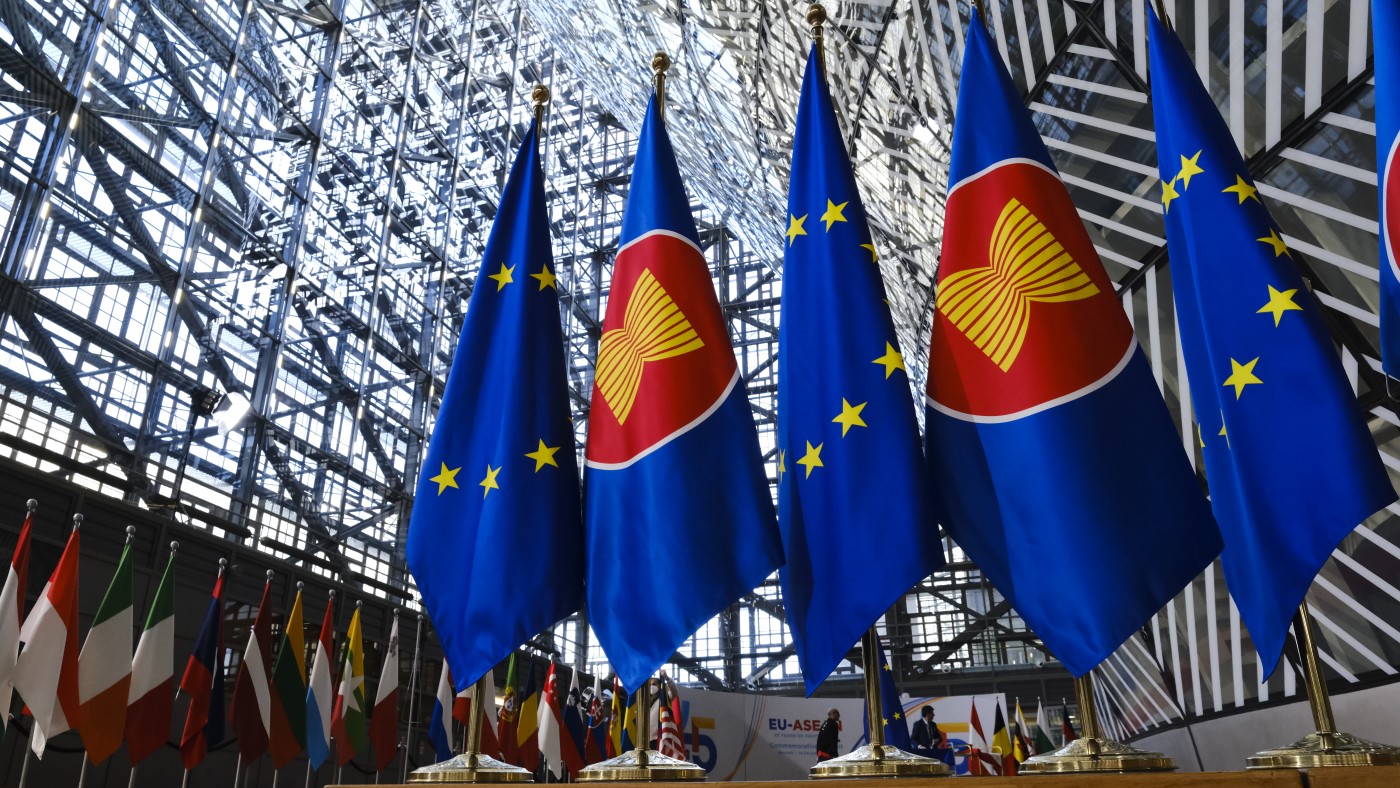
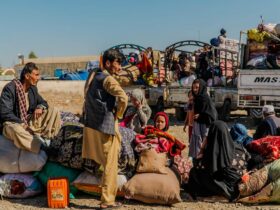

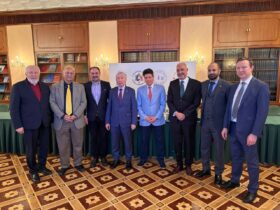

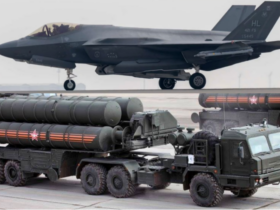


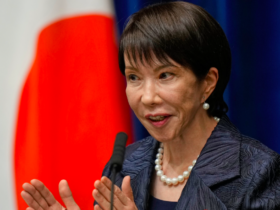
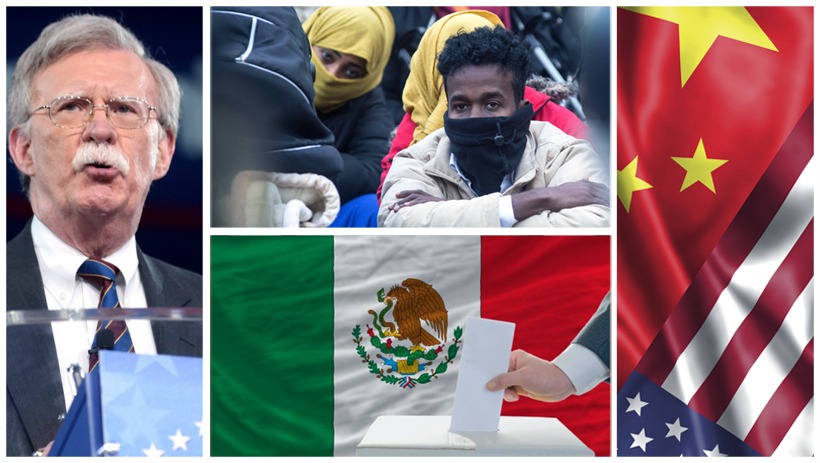
Leave a Reply